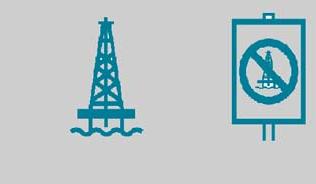Most countries around the world rely on government reference stations to monitor background air quality. Whilst very accurate, they are also very expensive and are normally fixed in position.
In recent years, as more has become known about air quality, we have learnt that not only does it vary from street to street, but also between locations on the same street. This highlights one of the inadequacies of reference systems; they cannot offer fine-grained granularity of measurement across a city. This has fueled the so-called ‘low-cost’ ambient air quality sector and has propelled the development of smaller, portable systems. The development of an ambient monitor offering near-reference level performance has been the focus of South Coast Science. This webinar explores how they have been working to achieve this through the use of machine learning techniques.





